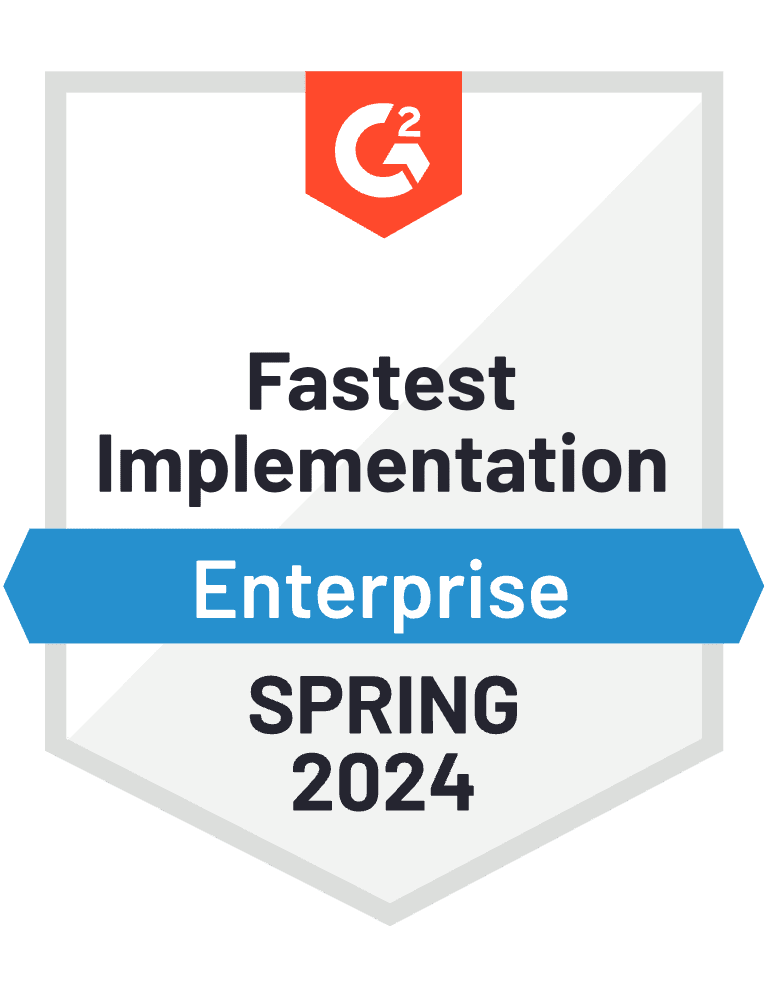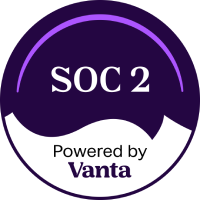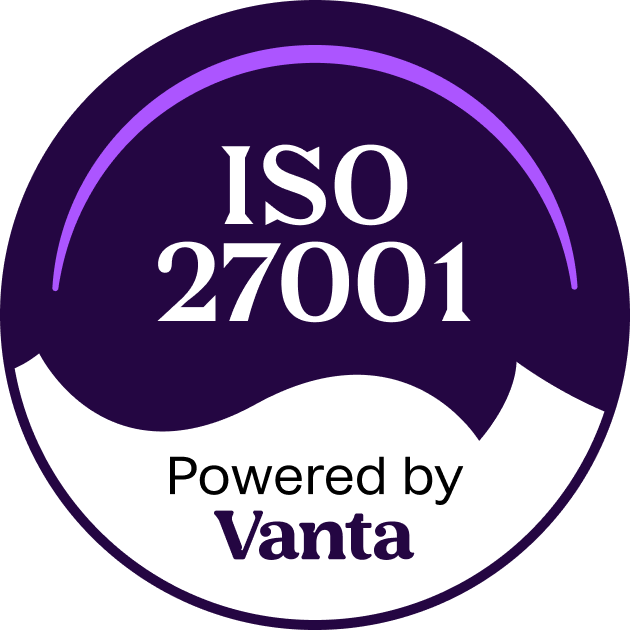Understanding the Compliance Landscape
The landscape of financial compliance is not static; it’s an ever-shifting terrain that demands constant vigilance and adaptability. This dynamic environment makes understanding and addressing compliance issues pivotal for sector professionals.
A comprehensive grasp of the regulatory environment lies at the core of asset management compliance. Globally, regulatory bodies have intensified their oversight, placing compliance at the forefront of asset management operations. Professionals need to stay informed about the latest developments in asset regulation and understand how these regulations deeply impact their day-to-day operations.
Understanding this complex regulatory framework is the first step in developing robust compliance strategies that ensure the integrity and success of asset management firms.
Effective Compliance Management Strategies
Effective compliance management in asset management extends beyond mere adherence to regulations; it necessitates a proactive and comprehensive approach. Developing robust compliance policies tailored to each firm’s unique needs is central to this. It begins with a thorough risk assessment – an essential step beyond evaluating financial risks to include regulatory risks. Identifying potential compliance issues early on enables firms to strategize effectively and avoid pitfalls.
A key aspect is fostering a culture of compliance within the organization. This culture should permeate every level of the firm, from top management to individual employees. Regular training and education programs are vital in keeping the team updated on compliance matters and embedding regulatory adherence into the firm’s operational fabric.
Asset management firms should also leverage compliance tools and technologies to streamline and automate various compliance processes. Modern compliance solutions offer capabilities such as real-time monitoring, automated reporting, and compliance checks, enhancing the efficiency and accuracy of compliance efforts. These tools aid in ensuring regulatory adherence and managing the complexities associated with compliance management, making the process more manageable and less prone to errors.
Effective compliance management also involves regular reviews and audits of existing policies and procedures. These audits help identify areas for improvement and ensure that the compliance strategies are in line with regulatory requirements and the firm’s objectives. It is about striking a balance between being compliant and remaining competitive in the market.
Leveraging Digital Tools for Enhanced Compliance
Technological advancements in the digital era have revolutionized how asset management firms handle compliance. Integrating digital tools for asset management compliance has become a game-changer, offering more efficient, accurate, and streamlined processes. These tools are pivotal in managing the intricacies of regulatory compliance and mitigating compliance risks effectively.
One significant advantage of digital tools is their ability to automate and streamline complex compliance processes. Compliance software for asset managers can handle vast amounts of data, ensuring accurate reporting and timely submission of required documents. These tools are designed to keep up with regulatory changes, automatically update compliance systems, and ensure that firms always meet the latest requirements.
Another key aspect is the use of advanced analytics. By leveraging data analytics, asset management firms can gain insights into potential compliance issues before they escalate. This proactive approach allows for better risk management, as firms can identify and address compliance gaps promptly. Digital compliance tools often come equipped with features like real-time monitoring and alert systems, offering an extra layer of security and oversight.
Digital tools also aid in maintaining a centralized repository of compliance-related documents, policies, and procedures. This centralization is crucial for asset management compliance solutions, as it ensures that all team members, regardless of their department or location, have access to the same updated information. This uniformity is vital for maintaining consistency in compliance practices across the firm.
Compliance Solutions: Tailoring to Specific Needs
In asset management, one size does not fit all regarding compliance solutions. The diversity in the types and sizes of asset management firms necessitates a bespoke approach to compliance. Tailoring compliance solutions to each firm’s specific needs is beneficial and essential for adequate regulatory adherence and overall operational efficiency.
Customizing compliance tools and strategies begins with a deep understanding of each firm’s business model, client base, and the specific regulatory environment in which it operates. For instance, a firm specializing in international investments may face different compliance challenges and regulatory requirements than a firm focused on domestic markets. Recognizing these nuances is crucial in developing compliance systems that are effective and relevant to the firm’s specific context.
Another aspect of tailored compliance solutions is integrating compliance management into the firm’s existing processes and technology infrastructure. This integration ensures compliance becomes a seamless part of daily operations rather than an external add-on. For example, compliance software for asset managers can be integrated with existing CRM systems, providing a unified platform that simplifies compliance tracking and reporting.
Effective asset management compliance also involves considering the firm’s risk profile and tailoring the compliance program accordingly. Different firms may have varying levels of exposure to certain risks, such as market volatility or operational risks. A tailored compliance program considers these factors, focusing on areas of higher risk and ensuring adequate controls are in place.
Compliance solutions in asset management need to be as dynamic and diverse as the firms themselves. By tailoring compliance strategies and tools to the unique needs and characteristics of each firm, asset managers can ensure that they are not only meeting the regulatory requirements but also enhancing their operational effectiveness and long-term sustainability.
Overcoming Compliance Challenges in Asset Management
Navigating the complex and ever-changing landscape of regulatory compliance in asset management presents many challenges. However, with strategic planning and the right tools, these obstacles can be effectively managed and even transformed into opportunities for enhanced operational excellence.
One of the primary compliance challenges for asset managers is staying abreast of regulatory changes. To address this, asset management firms must establish a robust process for monitoring regulatory developments. This can include subscribing to regulatory updates, participating in industry associations, and collaborating with legal experts. Staying informed enables firms to anticipate changes and adjust their compliance strategies accordingly.
Another significant challenge is ensuring consistent compliance across all levels of the organization. This requires a strong culture of compliance, where adherence to regulatory standards is ingrained in every aspect of the firm’s operations. Effective compliance policies for asset managers should include regular staff training, clear communication of compliance expectations, and a framework for accountability. Building a compliance culture helps minimize the risk of non-compliance and fosters a more disciplined and ethical work environment.
Managing the complexity and volume of compliance data poses a significant challenge. With the proliferation of digital data, asset management firms must have effective systems in place for data management and protection. Compliance software for asset managers can play a crucial role here, offering tools for secure data storage, efficient data processing, and easy retrieval of compliance-related information. Utilizing these tools helps firms maintain accurate records and simplifies the process of demonstrating compliance to regulators.
Asset Management Risk and Compliance Management
Effective risk and compliance management in asset management is crucial for ensuring regulatory adherence and the firm’s long-term success. It involves a nuanced understanding of how risk management intersects with compliance and the implementation of strategies that address both facets simultaneously.
The first step in effective asset management risk and compliance management is to conduct a comprehensive risk assessment. This involves identifying potential compliance and financial risks that the firm may face. Asset managers can develop targeted strategies that address specific areas of concern by understanding the spectrum of risks, from market fluctuations to operational vulnerabilities. This risk assessment should be an ongoing process, adapting to changes in the market, regulatory environment, and the firm’s own operations.
Integrating risk management with compliance efforts is essential. Asset management risk and compliance management should not operate in silos; rather, they should be seen as complementary elements of a firm’s overall strategy. This integration allows for a more holistic approach to decision-making, where compliance considerations are weighed alongside risk assessments. For example, when launching a new investment product, a firm should evaluate not only the potential market risks but also the regulatory compliance implications of the product.
Continuous education and training are paramount in maintaining an effective asset management risk and compliance program. Keeping up with the latest developments in regulatory compliance and evolving risk landscapes equips professionals with the knowledge and skills needed to manage these areas effectively.
Best Practices for Compliance in Asset Management
Achieving and maintaining compliance in the complex field of asset management requires a strategic approach grounded in best practices. These practices ensure regulatory adherence and improve the firm’s operational efficiency and reputation. Here, we outline key best practices for compliance in asset management.
Establish a Strong Compliance Culture
The foundation of effective compliance management is a strong compliance culture within the organization. This culture should be driven from the top, with senior management demonstrating a clear commitment to compliance. This commitment should then permeate all levels of the organization, ensuring compliance is not just a regulatory requirement but a core value of the firm. Regular training, open communication about compliance issues, and a clear understanding of the consequences of non-compliance are vital to fostering this culture.
Utilize Advanced Compliance Tools and Software
Leveraging advanced compliance tools and software is essential in today’s digital world. These tools can automate many aspects of compliance management, from monitoring transactions for suspicious activities to ensuring timely reporting. Compliance software for asset managers improves efficiency, enhances accuracy, and reduces the likelihood of human error.
Conduct Regular Compliance Audits and Reviews
Regular audits and reviews of compliance practices are crucial in identifying potential areas of risk and non-compliance. Both internal teams and external experts should conduct these audits. They allow the firm to assess the effectiveness of its compliance policies and procedures and make necessary adjustments.
A Strategic Approach to Compliance
In the intricate world of asset management, adopting a strategic approach to compliance is not just a regulatory necessity; it’s a critical component of business success. Navigating compliance in asset management is ongoing and multifaceted, involving constant adaptation to regulatory changes, proactive risk management, and a steadfast commitment to ethical practices.
The key to this strategic approach is the understanding that compliance should be integrated into the very fabric of the firm’s operations. It’s not a checkbox exercise but a dynamic process that enhances business integrity and client trust. By embedding compliance into the firm’s daily activities, asset managers can turn regulatory requirements into opportunities to improve processes, enhance client relationships, and ultimately drive business growth.
Technological innovation plays a pivotal role in this strategy. Digital tools and compliance software facilitate and enable more efficient, transparent, and responsive compliance practices. They empower asset management firms to stay ahead of the compliance curve, ensuring they are well-equipped to manage the complexities of the regulatory landscape.
However, the technology alone is not a panacea. The human element – a culture of compliance, continuous learning, and ethical decision-making – remains at the heart of effective compliance management. Engaging the entire organization in this culture, from the executive team to the newest employees, ensures a cohesive and comprehensive approach to compliance.
Navigating compliance in asset management requires a balanced, integrated approach that combines technological innovation, a strong compliance culture, and strategic agility. By embracing these principles, asset management firms can ensure regulatory adherence, operational excellence, and sustainable growth in an increasingly complex and globalized financial world.







